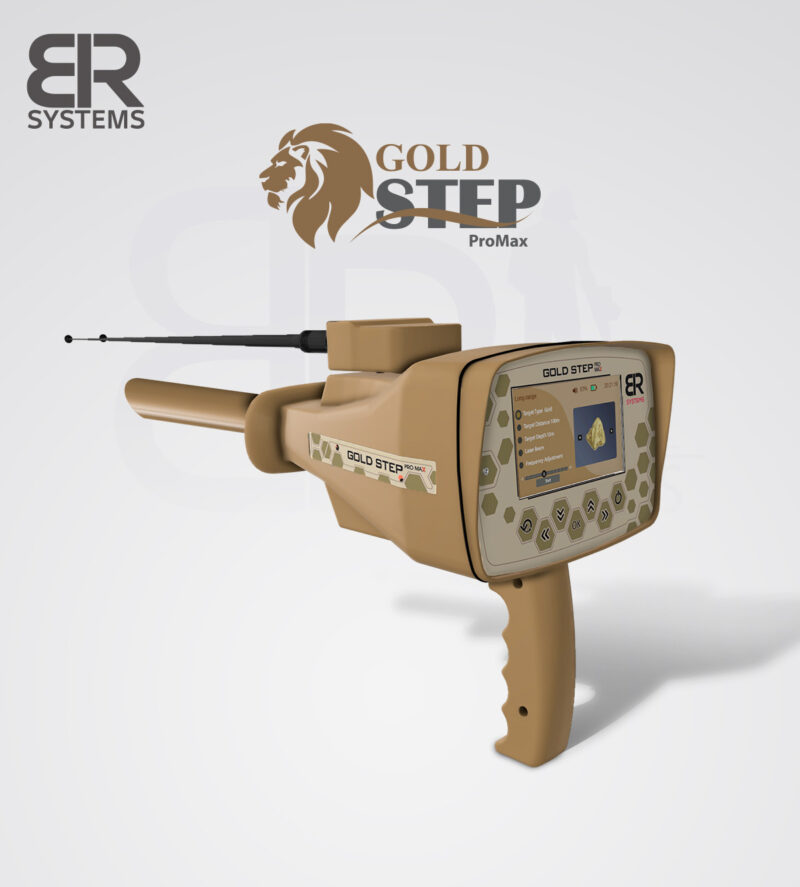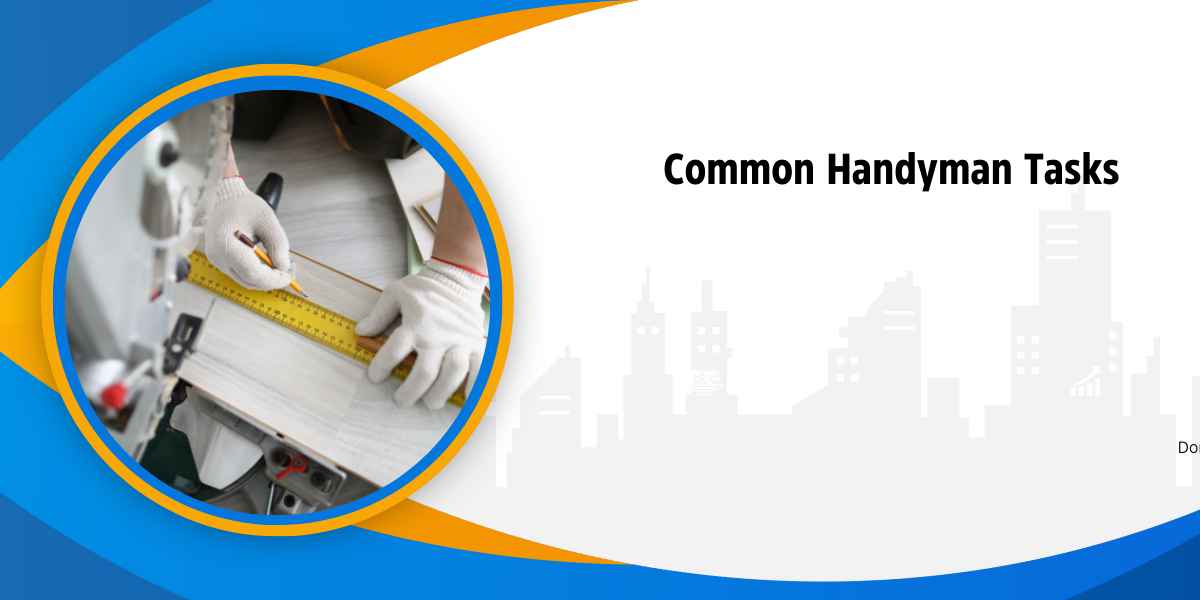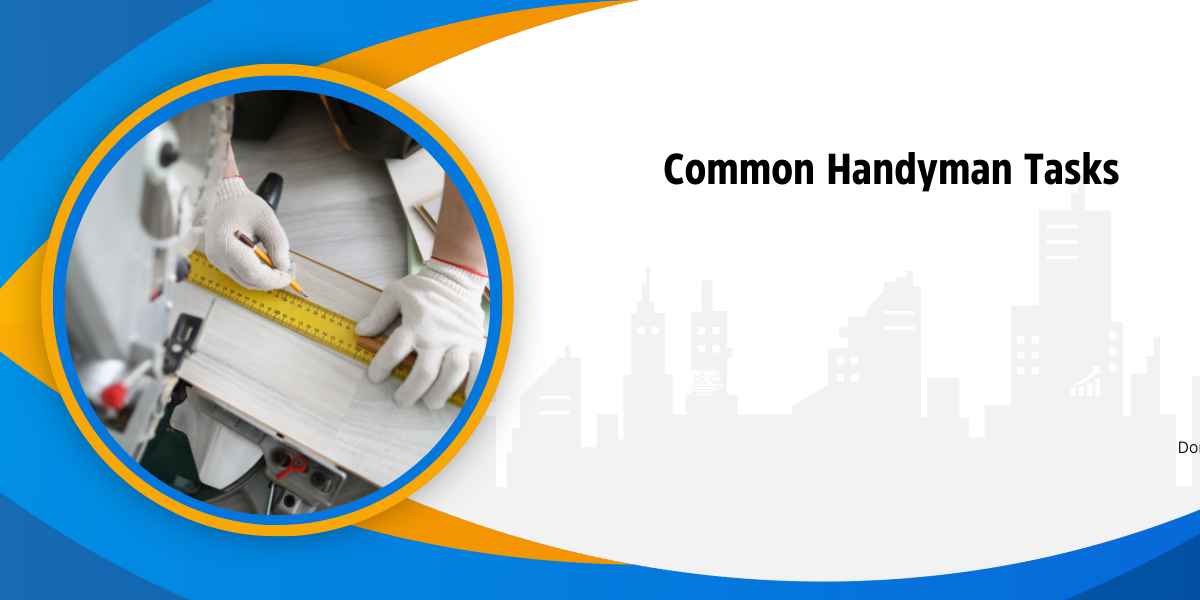In the world of treasure hunting and professional metal detection, technology has taken massive leaps forward. From simple coil-based detectors that only offered sound cues, we now have highly advanced systems that can map underground findings in three dimensions. For serious prospectors, archaeologists, and explorers, a 3D scanner gold detector is not just another piece of equipment—it’s a game-changer.
Having explored different devices and spoken with professionals who rely on them daily, I can confidently say these scanners offer an entirely new way of approaching treasure hunting. But what exactly are the benefits, and why should professionals and even dedicated hobbyists consider them?
Why 3D Scanner Gold Detectors Stand Out
The biggest advantage of a 3d scanner gold detector lies in its ability to visualize underground targets. Unlike traditional detectors that rely solely on tones or vibration signals, these scanners generate images that show the shape, size, and depth of buried objects. For a treasure hunter, this means no more endless digging based on uncertain beeps. Instead, you can make informed decisions before you start excavation.
This capability reduces wasted effort, protects sensitive areas from unnecessary disturbance, and gives professionals greater confidence in their hunts. Whether you are searching for ancient relics, natural gold deposits, or hidden treasures, having a 3D visualization system ensures that every action is guided by reliable data.
Depth, Precision, and Efficiency
One of the defining strengths of 3D scanners is their depth detection. Standard detectors often struggle with objects buried deep beneath mineral-rich soil, but scanners are designed to penetrate further and deliver more accurate readings. This depth advantage is especially valuable for hunters who are after large treasures or mineral deposits that lie far below the surface.
Precision is another standout feature. 3D scanners allow the operator to distinguish between valuable finds and unwanted metallic clutter. For example, the system can indicate whether a target is ferrous (iron, steel) or non-ferrous (gold, silver, copper). This discrimination reduces wasted time and resources, ensuring that your focus stays on worthwhile discoveries.
In terms of efficiency, 3D scanners transform the workflow. Professional treasure hunters spend less time guessing and more time strategizing based on accurate underground scans. That’s not just convenient—it’s a smarter way of working.
Versatility in Different Terrains
Treasure hunting doesn’t happen in ideal conditions. From deserts with high mineralization to forests, fields, and rocky landscapes, the environment can often challenge traditional detectors. 3D scanners, however, are engineered to adapt.
Ground balancing systems, customizable sensitivity settings, and advanced scanning algorithms help minimize false signals. This makes them reliable tools even in difficult terrains where traditional detectors might produce frustrating noise. For professionals who travel globally, this adaptability is crucial.
A Closer Look: Gold Step Pro Max
One excellent example of how 3D scanning has evolved is the Gold Step Pro Max. This device is considered one of the most versatile gold and treasure detectors on the market. It integrates multiple search systems, including long-range, ionic, and ground scanning, making it suitable for both deep exploration and targeted hunting.
What sets the Gold Step Pro Max apart is its ability to combine 3D imaging with practical field usability. Users can map underground targets with remarkable accuracy, then switch modes for specialized detection when required. It is designed for professionals who want one device capable of covering multiple detection needs without sacrificing precision.
Feedback from users often highlights its adaptability, particularly in mineral-heavy soils where many detectors struggle. By combining power, versatility, and reliability, the Gold Step Pro Max shows why investing in advanced scanning technology pays off.
Protecting Historical and Archaeological Sites
Another underrated benefit of 3D scanning detectors is their role in preserving archaeological and historical sites. Traditional excavation can be disruptive and even damaging if based on inaccurate signals. With 3D visualization, hunters and researchers can carefully assess underground structures before disturbing the ground.
This makes 3D scanners invaluable not only for private treasure hunters but also for professional teams working on sensitive projects. Protecting cultural heritage while still making discoveries is a balance these devices help achieve.
Smarter Investment for Professionals
It’s no secret that 3D scanners represent a higher financial investment compared to standard detectors. However, professionals understand that the upfront cost translates into long-term efficiency and results. Every unnecessary dig avoided, every accurate reading, and every successful find adds up to justify the investment.
More importantly, these detectors give hunters confidence. Knowing that you’re guided by reliable, high-quality scans changes the entire experience of exploration. It’s not about blind searching anymore—it’s about informed, strategic discovery.
Final Thoughts
So, what makes 3D scanner gold detectors so beneficial? The answer lies in their ability to combine depth, accuracy, and visualization into one powerful package. They save time, minimize risk, and maximize the potential of every hunt.
Devices like the Gold Step Pro Max show just how far technology has come, providing treasure hunters with versatile tools capable of adapting to different environments and detection needs. For anyone serious about professional treasure hunting, 3D scanners aren’t just useful—they’re essential.









